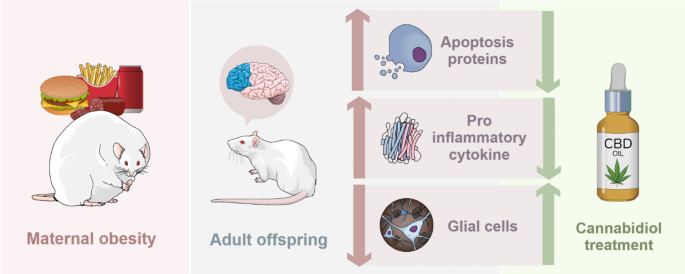
“Cannabidiol (CBD) is an abundant phytocannabinoid extracted from Cannabis sativa L., along with delta-9-tetrahydrocannabinol.
Plant-derived, highly purified CBD oral solution (100 mg/mL) is approved as Epidiolex® in the United States and as Epidyolex® in Europe for the treatment of seizures associated with Lennox-Gastaut syndrome, Dravet syndrome, or tuberous sclerosis complex with country-specific labels.
CBD appears to reduce the neuronal hyperexcitability through a multimodal mechanism of action, although the precise mechanism remains unknown. Notably, unlike delta-9-tetrahydrocannabinol, CBD has low affinity for the euphoria-inducing cannabinoid receptor type 1 therefore lacks euphoric effects.
Preclinical and clinical studies have demonstrated a low abuse and dependence potential, as well as an absence of withdrawal syndrome of CBD.
Despite the lack of abuse potential for CBD, there are concerns related to cannabis and consequently cannabis-derived pharmaceutical products in Japan. Plant-derived, highly purified CBD is currently under investigation for the treatment of drug-resistant seizures in Japanese patients with early-onset epilepsies (jRCT2031220041).
This narrative review aims to update healthcare professionals in Japan with results from preclinical and clinical studies evaluating the abuse and dependence potentials of CBD.”
https://pubmed.ncbi.nlm.nih.gov/40887246/
https://www.jstage.jst.go.jp/article/yakushi/145/9/145_25-00086/_article/-char/ja/




